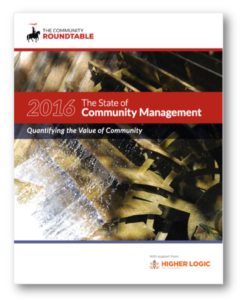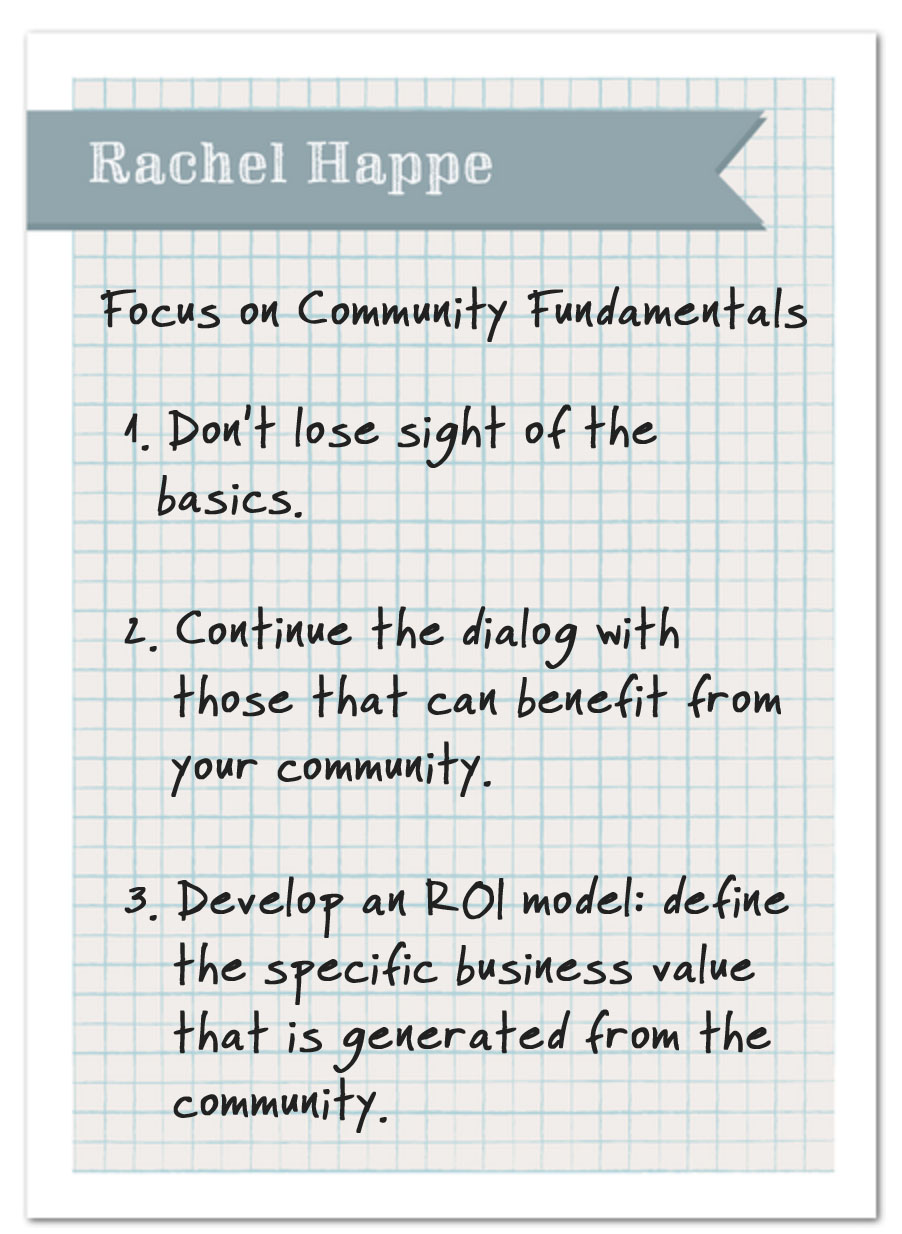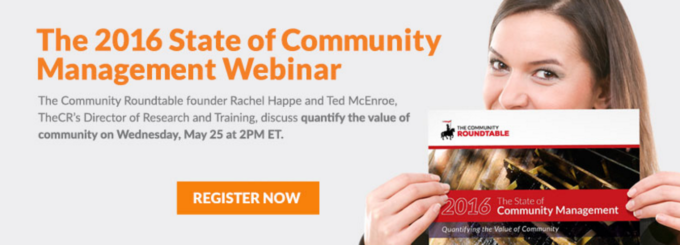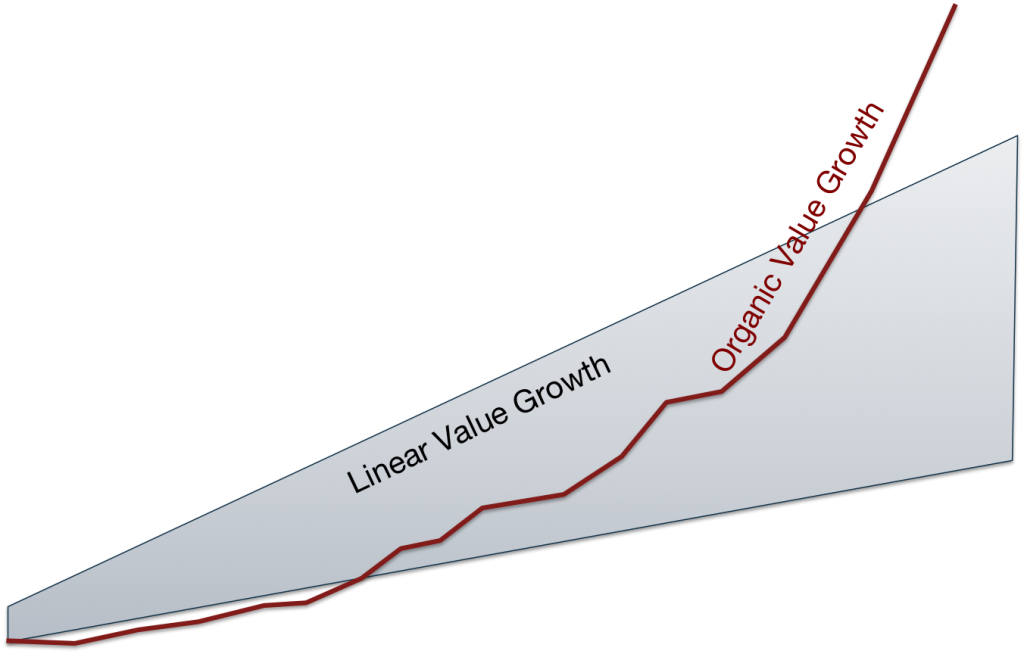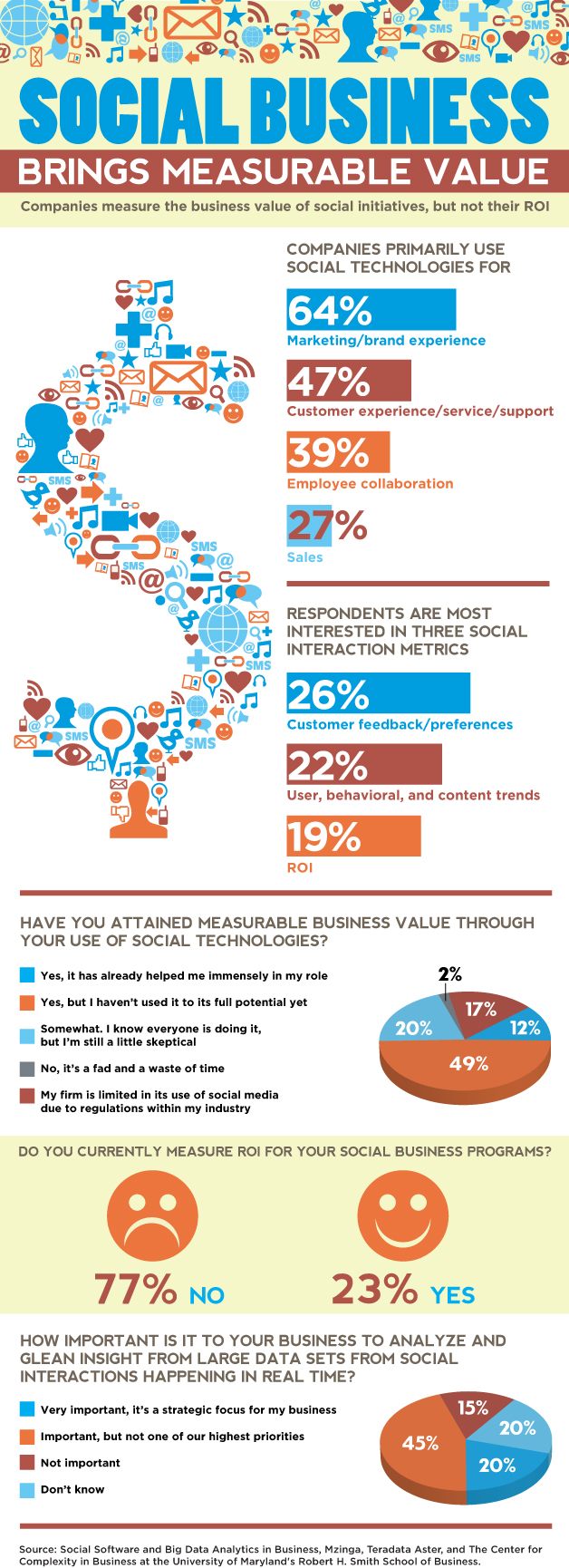Social media is broken – you need only look at political discussions on Twitter, gamer gate, or online bullying.
In 2015, organic reach on Facebook page posts was 2.6%. Social media is, at its heart, a media model that thrives off of more; more content, more clicks, more attention. Because of that, social media sites wants more content and more engagement – not necessarily better content or better engagement.
This media frenzy, designed to trigger our emotions, assaults and overwhelms our fight or flight response system – increasing our anxiety, depression and anger. “Individuals with higher levels of emotional reactivity may be prone to anxiety and aggression, which illustrates the implications of appropriate emotional reaction in the fight or flight response.” It also fractures our society into splinters – making us retreat to our corners to feel safe.
The tail is wagging the dog.
What went wrong?
Remember a decade ago and the promise of social media? It was going to connect the world and offer boundless opportunity. That’s nothing close to what you are likely seeing on your Facebook wall in relation to the election. That’s not bringing us closer together…
We mistook what was easy for what was meaningful – either to our organizations or to individuals. We reduced ‘engagement’ to a switch – either people are engaged, or they are not.
In reality, engagement is a huge spectrum of behaviors – some more valuable and meaningful than others. But there are few standards or definitions around what engagement is.
Community managers have been unpacking engagement for decades and unlocking its secrets. We’ve turned what community professionals know about engagement into TheCR’s Work Out Loud model, which categorizes different types of engagement based on their core value – validate to increase comfort, share to increase connection, ask & answer to increase trust and explore to increase partnership.
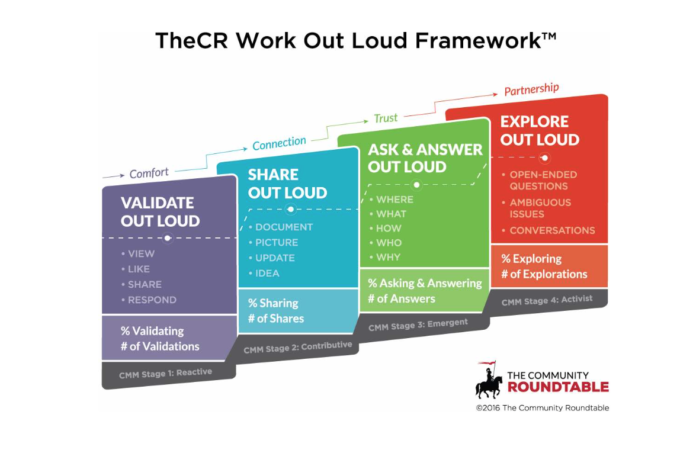
This more sophisticated understanding of engagement allows community managers to measure the culture of a community and, more critically, to orchestrate higher levels of higher value engagement. It also helps stakeholders understand the value of different types of engagement and, with it, the value of strategic community management.
Communities can do that because they create contextualized, trusted dialog that brings people together – reducing segmentation and extremism, as shown in this Harvard Business School case study of the Wikipedia community.
We’ve been working on a community ROI model at The Community Roundtable that is focused on the value of answers and the networked value of answers – because answers form the core of any relationship and all knowledge workflows.
Communities – by providing a trusted peer environment – create a business model that scales the most expensive workflows in organizations; sales, product development and innovation, team collaboration and learning and development.
In this simplified example below, you can see how a community approach can reduce the cycle time and increase the profitability of your marketing and sales process.
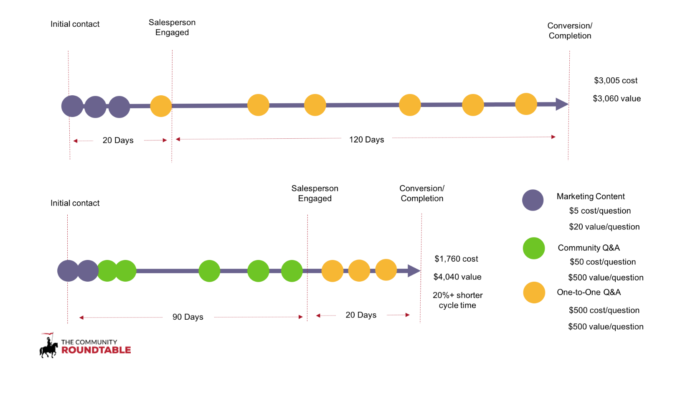 Social media has proven superficial – and because of that weak. Communities generate more tangible value without as many risks.
Social media has proven superficial – and because of that weak. Communities generate more tangible value without as many risks.
If you are interested in more, here are my slides from a presentation I delivered at Inbound 2016
Want even more? Follow Rachel and The Community Roundtable on Twitter and join our Facebook group.

